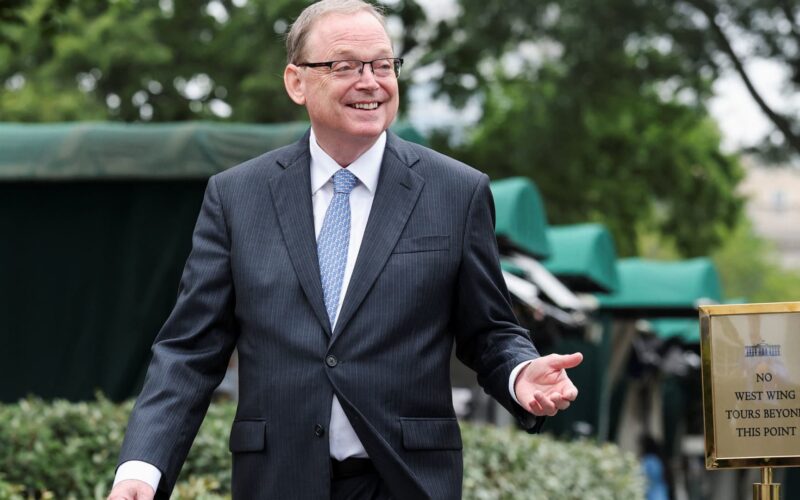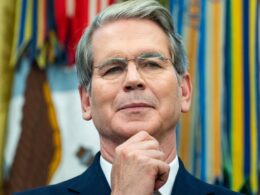The Federal Reserve’s decision to cut its key borrowing rate by a quarter percentage point seems to be sitting well with the White House, if National Economic Council Director Kevin Hassett is any indication.
In a CNBC interview Thursday, the day after the Fed’s move, Hassett noted that the administration, and new Fed Governor Stephen Miran, had been pushing for a bigger reduction. Miran, who is on leave as head of the Council of Economic Advisers, pushed for a half-point cut but was outvoted 11 to 1 on the Federal Open Market Committee.
However, Hassett was not critical of the committee’s decision.
“The bottom line is that moving kind of slow and steady and heading towards a target, watch the data come in, that’s what prudent policy is,” he said on “Squawk Box.” “So I know that my colleague Stephen wanted to go to 50 [basis points], but I think 25 was pretty broad consensus, and I think that’s a good first step in the right direction to much lower rates.”
President Donald Trump, who nominated Miran to the post, has yet to comment on the Fed’s decision.
In the past, Trump has launched a barrage of criticism at the central bank, nicknaming Chair Jerome Powell “Too Late” and calling for quick and aggressive cuts. The president has suggested the benchmark federal funds rate should be 3 percentage points lower, a position not reflected in FOMC projections for the future course of policy in updates released Wednesday.
Hassett noted strong economic growth trending above 3% for the third quarter, something that normally wouldn’t argue for lower interest rates, particularly with inflation running above the Fed’s 2% target.
However, Trump has said cuts are needed to support the struggling U.S. housing market and to help manage financing costs for the nation’s $37 trillion debt.
Assessing the economic variables at play and deciding on the incremental reduction was a proper move, said Hassett, who has been mentioned on the short list of Trump’s picks to replace Powell as chair next year.
“I think it’s much more prudent for the Fed to be looking at all the models, to have a diversity of opinions and decide, ‘What are we going to do in this economy that really looks to be taken off with inflation that’s decelerating, but higher than the target?'” he said. “They split the baby in this decision, and I think that’s probably a pretty prudent call.”

Source link









